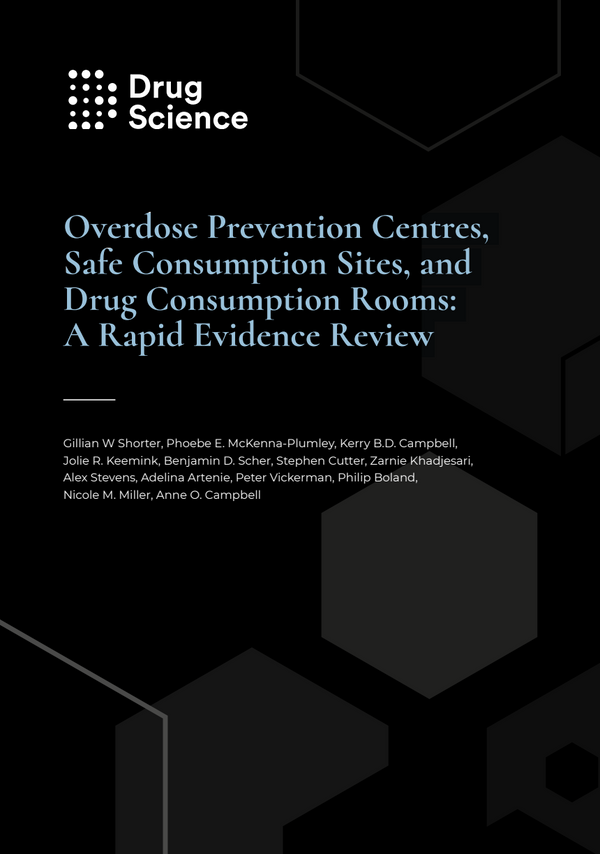Centres de prévention des overdoses, lieux de consommation sécurisée et salles de consommation à moindres risques : Une rapide revue des données scientifiques
Shorter et al. résument les conclusions de plus de 300 articles et ressources, et constatent de nombreux avantages pour la santé et une réduction des coûts liés aux soins de santé. Pour en savoir plus, en anglais, veuillez lire les informations ci-dessous.
Overdose prevention centres can also be referred to as drug consumption rooms, safe consumption/injecting/smoking sites, and/or other relevant names. These names can reflect legal distinctions e.g. in Canada, which relate to permanency or function of the site. There are currently over 200 OPCs worldwide in 17 countries, primarily in urban areas, and they cater to a range of drug types and visitor numbers.
Overdose prevention centres can be integrated facilities with other services, specialised sites which are primarily an OPC with limited other services, mobile sites, or tent/other temporary sites. Collaboration and consultation before and after a service opens is central to successful OPCs. Potential and actual OPC users should be consulted on the design of and running of sites to support their use. Collaboration and consultation involving members of the local community, businesses, police, elected representatives, public health, or other local authority staff with OPC staff and operators can smooth over any issues before and after a service opens.
OPCs reduce harm, save lives, and promote wellbeing with voluntary access to social health, welfare, and drug treatment services. Evidence suggests they can:
- Prevent overdose deaths through risk minimisation strategies, immediate intervention using naloxone and other methods, and a calming environment;
- Reduce the transmission and impact of blood-borne diseases by offering advice, sterile drug use equipment, testing services, and safe disposal options;
- Minimise public drug use and drug-related litter by providing a safe space for drug use and encouraging responsible disposal;
- Do not increase crime compared to control areas which do not have an OPC;
- Reach marginalised community members who may not access other services because of stigma, trauma, previous negative experiences, or lack of awareness;
- Support the uptake of relevant services by providing specialized support, referral pathways, and integration of drug users in the service model;
- Save taxpayer money primarily through preventing and treating HIV/HCV, facilitating earlier access to meet healthcare need, or reducing the need for emergency healthcare;
- Contribute to real-time surveillance data by understanding substance use patterns, providing drug testing services, and sharing information with various stakeholders
